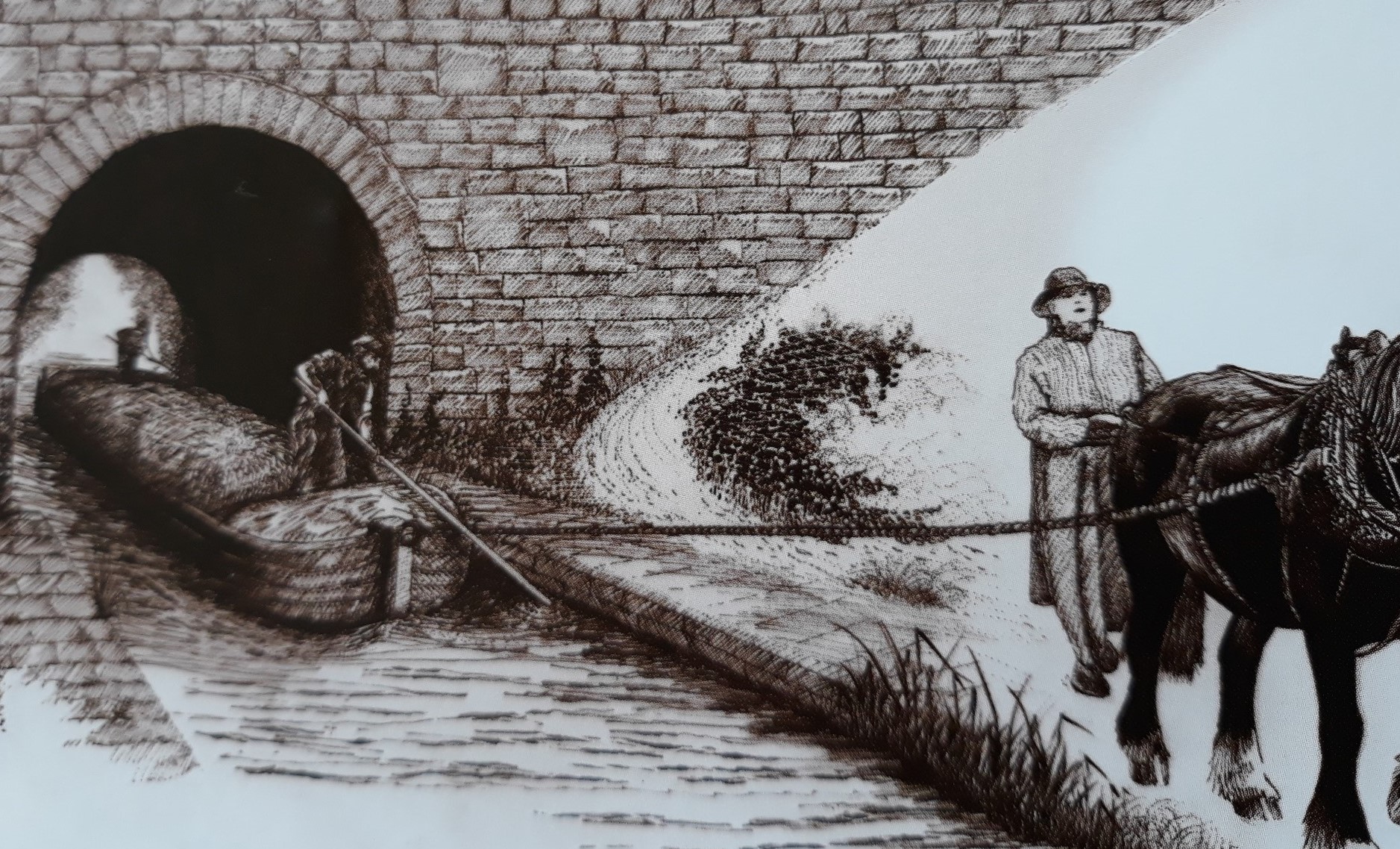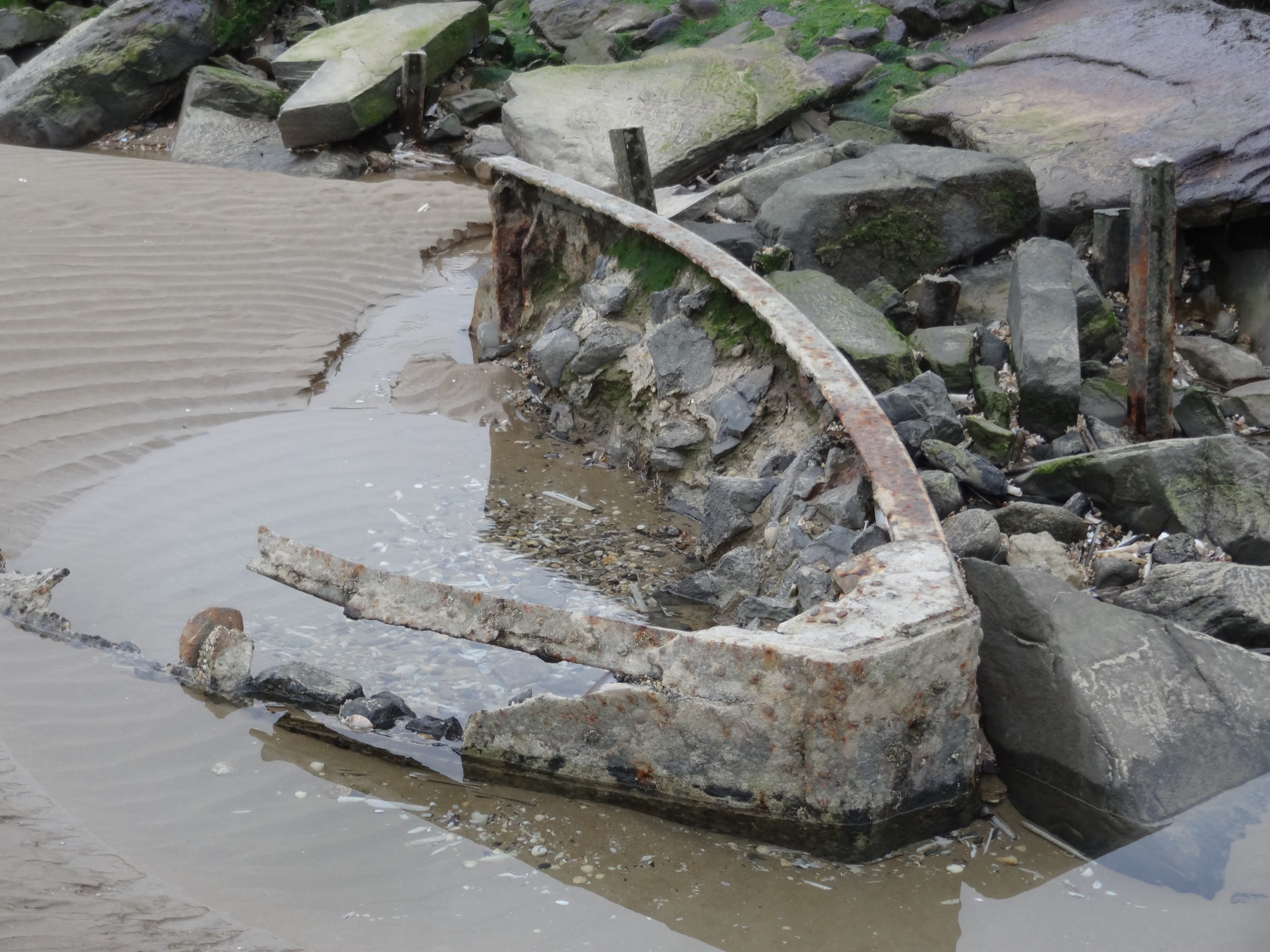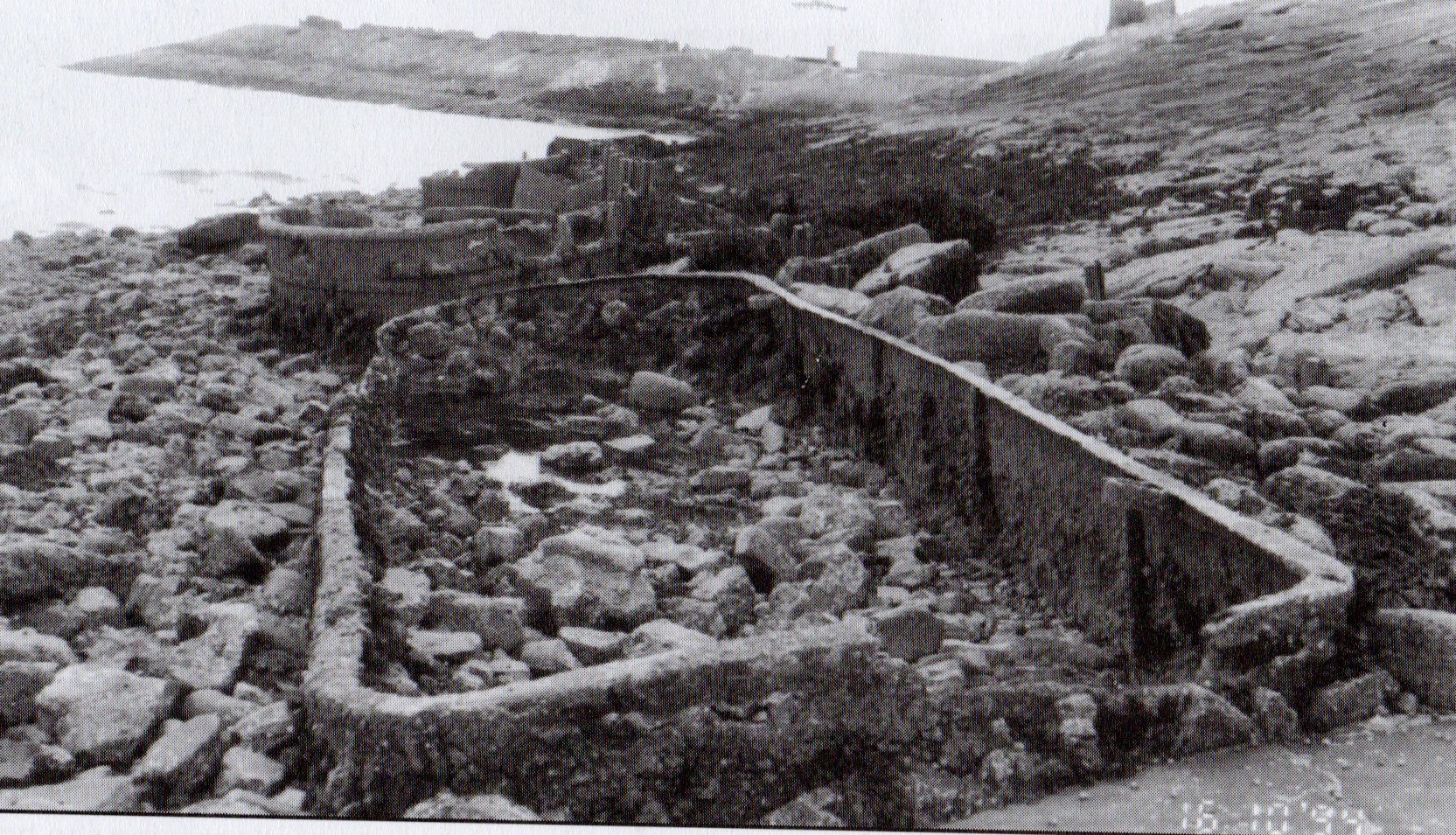THE CANAL BARGE
In England there is a long history of river navigation before the canals but in south Wales there was very little inland navigation until the canals and many of the rivers were not that navigable. Kymer’s canal, which began to be built in 1776 and opened in 1769, is regarded as the first in Wales. Much has been written about canals but little about the barges that were towed on them. Normally they would be long flat-bottomed boats for carrying freight on canals and rivers. The flat bottoms ensured maximum cargo capacity and made it easier to operate in shallow waters.

In the 18th century inland barges and boats would usually be pulled by smaller horse breeds, mules and pit ponies. At a steady walking pace a horse could pull about forty times as much weight in a barge as it could with a cart since there was little friction to slow it down. At the beginning of the 19th century the horse-drawn barge was deemed to be the most economical and fastest means of commercial transport. In fact, the Grand Western Canal used this method for 130 years.
On the Ashburnham canal (1796) there were no more than half a dozen boats available: some were larger barges and some tub boats. In fact, there were only eight barges built during the lifetime of the canal, most of them being tubs. One big barge cost about £30 while the smaller ones varied between £9 and £10. Made by local artisans the wooden planks imported from Bridgwater were 20 feet long while the ironworks, bolts and screws were made at the colliery.
The early barges on the canals in this area would normally be tub boats. They were small and could be drawn in trains of 3-10. Tubs could be lifted more easily than larger boats and tub boat lifts and inclined planes were developed as an alternative to canal locks. At a lift or plane the train could easily be divided and the boats lifted individually, and the train then reassembled afterwards. Because of their small size, the canals that were built for tub boats could also be smaller, saving considerable construction cost.
The Burry Port barges

The canal boats which can be seen at low tide in Burry Port harbour are the remains of a group of five or six (there is a dispute about the number) iron barges which were given Scheduled Ancient Monument status in 1998. They are 19th century barges, used probably on the Kidwelly and Llanelli canal and originating from Carway collieries. They were incorporated into the base of the harbour breakwater. Built of wrought-iron plates bolted together they had fixings for towing and tarpaulin cargo covers. They would be described as tub boats, small enough to be used in the canal as it proceeded along the Gwendraeth Valley. At least one has a rounded bow and stern; one has a square bow and stern and the others have pointed bows. They were flat-bottomed with lateral and vertical bars and a lip can be seen at the top.

Local historians believe that they were acquired by the railway company as collateral by Carway Colliery for part of a debt. Kept for a while in front of the Neptune Hotel they were moved to their present location in 1922. RW Miller describes how at the closing of the Kidwelly and Llanelli canal the railway company held the boats for 12 months from May 1867, and then brought them down to Burry Port and lifted them out of the water. One suggestion was that they should be turned into water tanks and they were also put up for auction, but not sold. They ended up being used as part of the base of the eastern breakwater at the harbour entrance. Apparently, the debt due to the rail company of unpaid tolls amounted to £429 is, and the boats were believed to cost about £80 each to build.
They are between 20 and 24 feet long and between 7 and 8 feet wide. Since the tub boats were used in more difficult terrain when inclined planes would need to lift the boats and in narrow canals, such narrow small barges, towed in groups of 4 or 5, were part of the strategy of James Green in his extension of the Kidwelly and Llanelli canal further up the Gwendraeth Valley. At the time Green was there about 52 tubs were already afloat and in use.
GRAHAM DAVIES July 2023
